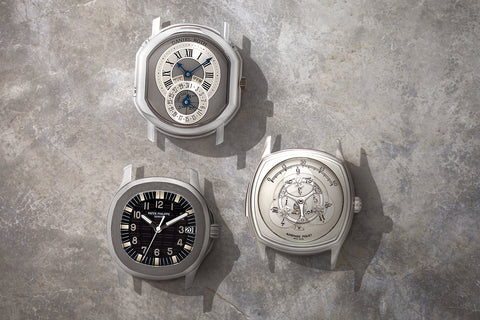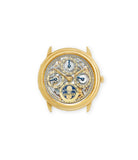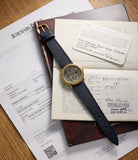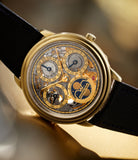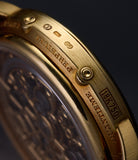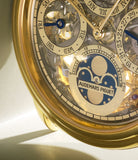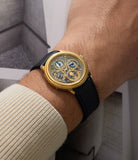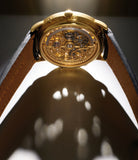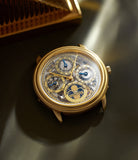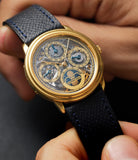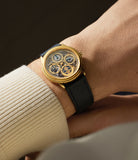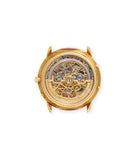This is a thoroughly skeletonised and open-work variation of the original Audemars Piguet Quantième Perpétuel. The reference 25558/002BA*, with a 36mm yellow gold case, showcases the intricate inner workings of one of the most hallowed complications in watchmaking. It is powered by the self-winding calibre 2120, which isn’t just skeletonised but lavishly hand engraved. It is understood that only 154 examples of this reference were produced in yellow gold.
Worth Reading
One of a family of references that descended from the original ultra-thin Quantième Perpétuel 5548, the reference 25558/002BA was first created in the 1980s, with production continuing till the middle of the 1990s. It retains the original layout designed by Jacqueline Dimier – the perpetual calendar indications are laid out in an intuitive fashion, with the day and date on the same plane at 9 and 3 o’clock respectively. The months of the year are displayed at 12 o’clock, while the moonphase indication is at 6 o’clock, with a semi-circular graduated scale for the indication.
This example wears a slim, classical yellow gold case with a pronounced stepped bezel, a horizontally satinated midcase, and a display caseback with a rim on which are engraved details of the reference, brand mark, country of origin, and serial number. As is typical of the reference, while the correctors for the annual calendar complications are located on the midcase, the caseback features prominent bulges to accommodate their circular form. The left flank also wears the crisp, precious metal hallmarks. The lugs are short and straight, gently tapering down. They are 20mm apart and wear curved lugs with a grey saffiano strap secured by a signed yellow gold pin buckle.
The dial furniture includes a cream-coloured chemin de fer minutes track with black printing. The subdials are framed by rims of the same warm shade with black printed scales. The moonphase complication is a golden disc, blued to a brilliant shade, save for the moons and the stars. Half of the register is taken up by a transparent screen on which is printed the branding in a simple, san serif font, marking this as an early production version. The hours and minutes hands are golden, while the ones plying the calendar complications are heat blued.
The watch is powered by the self-winding calibre 2120, an ultra-thin movement that was derived from Jaeger-LeCoultre’s famed calibre 920. The ebauche resulted from a 1967 project at Jaeger LeCoultre, that Audemars Piguet funded and contributed to. The resulting calibre 920 was adopted by Audemars Piguet, Patek Philippe, and Vacheron Constantin. In its golden, skeletonised iteration here, it is especially jewel-like to the eye. Visible through the sapphire caseback, almost all components have not just been skeletonised to their basic structures, but they have been further embellished by hand engraving. The solid gold rotor also gets this skeletonised treatment, creating a stylised “AP”. The rim wears a beautiful floral motif repeated remarkably consistently. On the rotor are hand etched details such as the brand mark, country of origin, jewel count, and the five positions the movement has been adjusted for.
It is understood that 217 examples of the reference 25558/002BA were produced over a decade long run, with 154 of them in yellow gold. This early example features early case design characteristics from the series, with satisfying hallmarks on the side of the case, which often appear in later examples. This watch, which comes with its original leather folio-style case as well as sale paperwork, is a veritable time capsule example of this sought after neo-vintage reference. It has also recently been serviced by Audemars Piguet and comes furnished with the requisite service paperwork.
If sold within the United Kingdom, this Audemars Piguet Quantième Perpétuel Skeleton will be subject to 20% VAT
Specifications
Closer look
| Brand: | Audemars Piguet |
| Model: | Quantième Perpétuel Skeleton ref. 25558/002BA |
| Movement: | automatic |
| Functions: | perpetual calendar (month, date, day, moonphase, hours, minutes) |
| Features: | skeletonised dial and movement, skeletonised rotor, display back |
| Case material: | yellow gold |
| Case diameter: | 36mm |
| Case thickness: |
8mm |
| Lug-to-lug: | 38mm |
| Crystal: | sapphire front & back |
| Strap: | bespoke grained leather strap from our collection, Audemars Piguet yellow gold pin buckle |
| Lug width: | 20 x 16mm |
| Year: | c. late 1980's |
| Accompanying materials: | Audemars Piguet leather box, Audemars Piguet service box, Certificate of Origin & Warranty (stamped & dated), service paperwork, Guarantee card (signed & dated), advertising/branding material, Timepiece Life & Care card, pusher |
Condition
This Audemars Piguet Quantième Perpétuel Skeleton is in excellent overall condition. Light superficial marks are found on the case and lugs, consistent with minimal wear over time. The dial, hands, and movement are free from any signs of imperfections and have been very well preserved. The unpolished case has developed a satisfyingly warm patina, particularly between the lugs on the caseback, with a pinkish hue. The large-style hallmarks and engravings throughout the caseback and on the left side of the mid-case are extremely crisp and well defined.
The watch comes with its period-correct leather folio, perpetual pusher, Certificate of Origin and Guarantee originally retailed by Wempe in Bremen, and an additional warranty card as later re-sold by Jeweller Biermann GmbH in Dortmund, Germany. The watch has also just returned from a full mechanical service with Audemars Piguet, and the case has been left untouched.
Warranty
The watch was recently serviced by Audemars Piguet in January 2023 and thus comes with time remaining on the brand's servicing warranty. The watch also comes with a lifetime guarantee of authenticity from A Collected Man.
We stand by the quality of all of our pre-owned watches and mechanical objects. If something goes wrong, we’ll always strive to remedy the situation in a timely manner and to the best of our ability. The satisfaction and trust of our clients is of the highest importance, to everyone at A Collected Man.
All of our pre-owned watches have undergone thorough, non-invasive mechanical inspections and have been serviced, if appropriate, to ensure that they meet our highest standards of timekeeping and functionality.
Our pre-owned watches, unless stated otherwise, are covered by either a full or a limited twenty-four month warranty. This excludes any damage sustained due to improper use or accident. Due to their age, some pre-owned watches should not be subjected to the same conditions as when new.
Any of our pre-owned watches which have been serviced by their respective manufacturer, will carry the manufacturer’s servicing guarantee. This is separate and supersedes, the standard warranty offered by A Collected Man. Please see our Terms & Conditions for further information. You can write to us directly at enquiries@acollectedman.com, for further clarification.
A Collected Man is also an authorised retailer for a number of watchmaking brands. These watches are covered by the warranty from the original manufacturer.
We offer complimentary worldwide delivery on our watches. If ordering from overseas, delivery will depend on the value of the timepiece and the destination. All import taxes and duties are the responsibility of the buyer.
If ordering from the UK before 1 PM, your watch will be sent the same working day. The courier will depend on the value of the watch, with all watches delivered the next working day.
Please note that pre-owned goods (in the United Kingdom) are subject to a marginal rate of VAT, which can not be reclaimed. For further information, please see here.
VAT
The amount shown on our website does not include local tax rates. If this item is delivered to, or picked up from, a UK address, the standard rate of 20% VAT will be added at checkout. Otherwise, you will be responsible for paying local sales taxes and import fees.
Enquire
Please fill out the details below and we'll be back in touch shortly. Thank you.
Join the List
Get notified as soon as new pieces from this brand are added to our collection.
Leap Forwards of Perpetual Calendar
The first perpetual calendar pocket watch was invented by Thomas Mudge in 1762, yet it wouldn’t be until 1925 when Patek Philippe produced the first perpetual calendar wristwatch. That’s how hard it is to miniaturise this complication, just so that its wearer isn’t thrown out of sync for a moment every four years.




Certainly, the complexity of this complication isn’t just about scale. It’s about energy. If a chronograph requires a lot of energy just to move those three extra hands, now imagine the energy demands of a watch whose entire mechanism needs to be constantly running, even while it appears to be doing not much at all. This requires minimal friction, minimal weight and whatever else can be done to conserve energy.
All of which begs the question, if perpetual calendars can not only be challenging to make, but even to own, what quite is their appeal? Michael Friedman, who holds the fantastic title of ‘head of complications’ at Audemars Piguet – makers of rods for its own back, and hence the RD2, the world’s thinnest self-winding perpetual calendar watch – gets philosophical on this question. If, he says, watches are so often celebrated for their precision in the moment, for their nowness, for splitting seconds, the perpetual calendar celebrates slow time. Indeed, the very name says it all: the perpetual calendar might as well be called the forever watch.


PERPETUAL Calendar Watches at A Collected Man
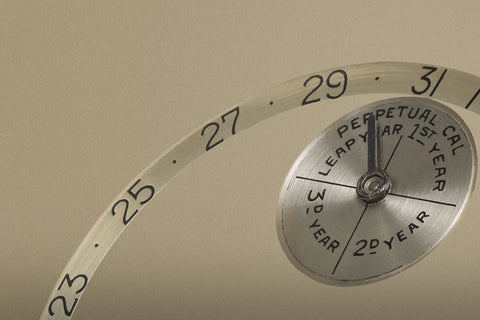
The Leap Forwards of Perpetual Calendars
By Josh Sims
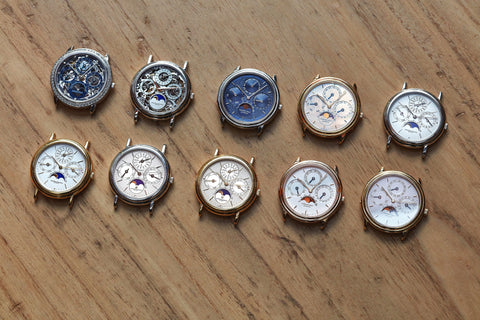
The Birth of Ultra-Thin, Automatic Perpetual Calendars
By Russell Sheldrake
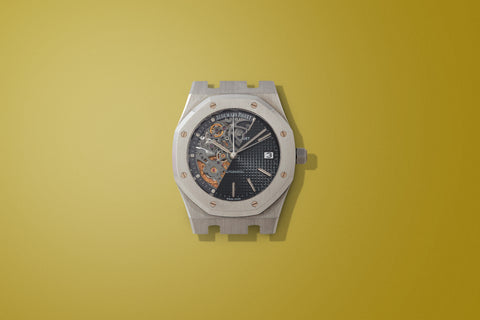
The Bare Bones Of the Skeletonised Watch
By Josh Sims
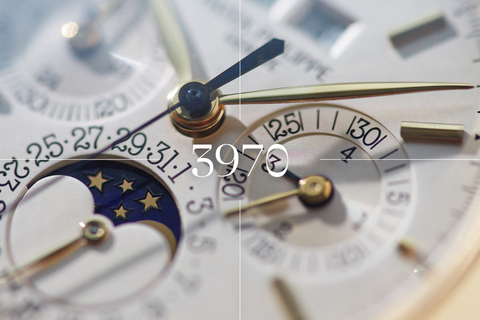
A Collector's Guide: The Patek Philippe 3970
By Russell Sheldrake
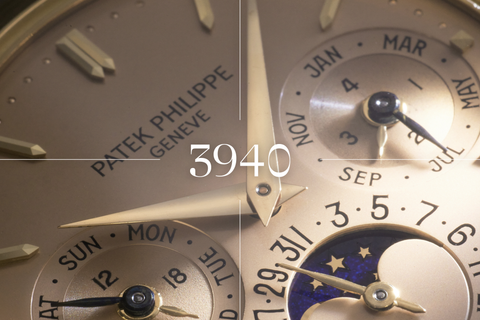
A Collector's Guide: The Patek Philippe 3940
By Russell Sheldrake
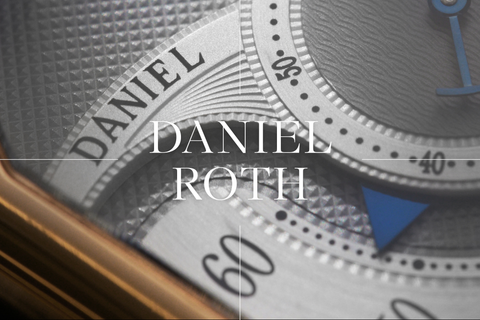
A Collector’s Guide: Early Daniel Roth
By Russell Sheldrake
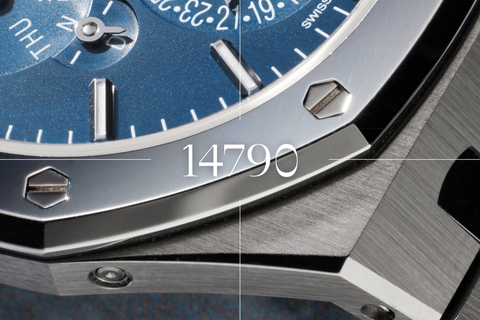
A Collector’s Guide: The Audemars Piguet Royal Oak ref. 14790
By Russell Sheldrake
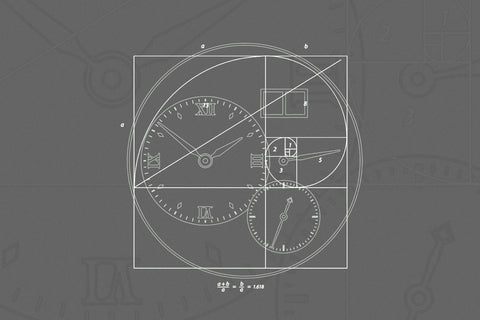
The Balance of Symmetry and Asymmetry in Dial Design
By Felix Scholz
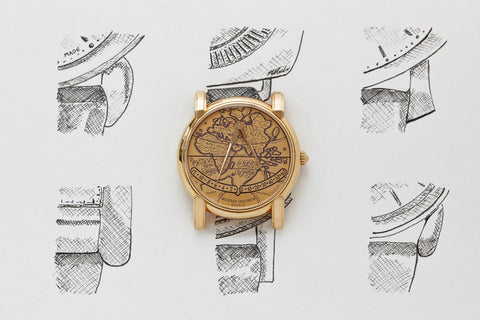
Six Collectors Choose their Favourite Lugs
By Russell Sheldrake
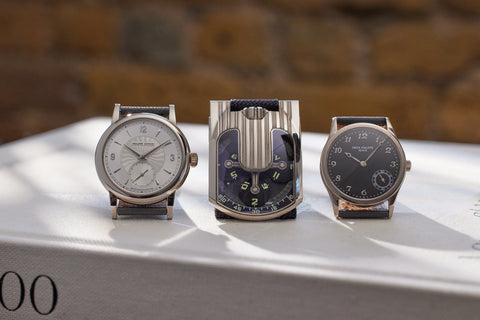
What Is Independent Watchmaking?
By A Collected Man
